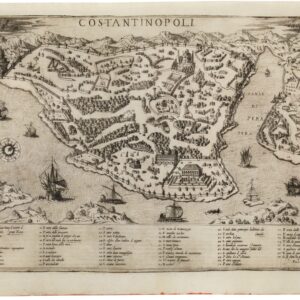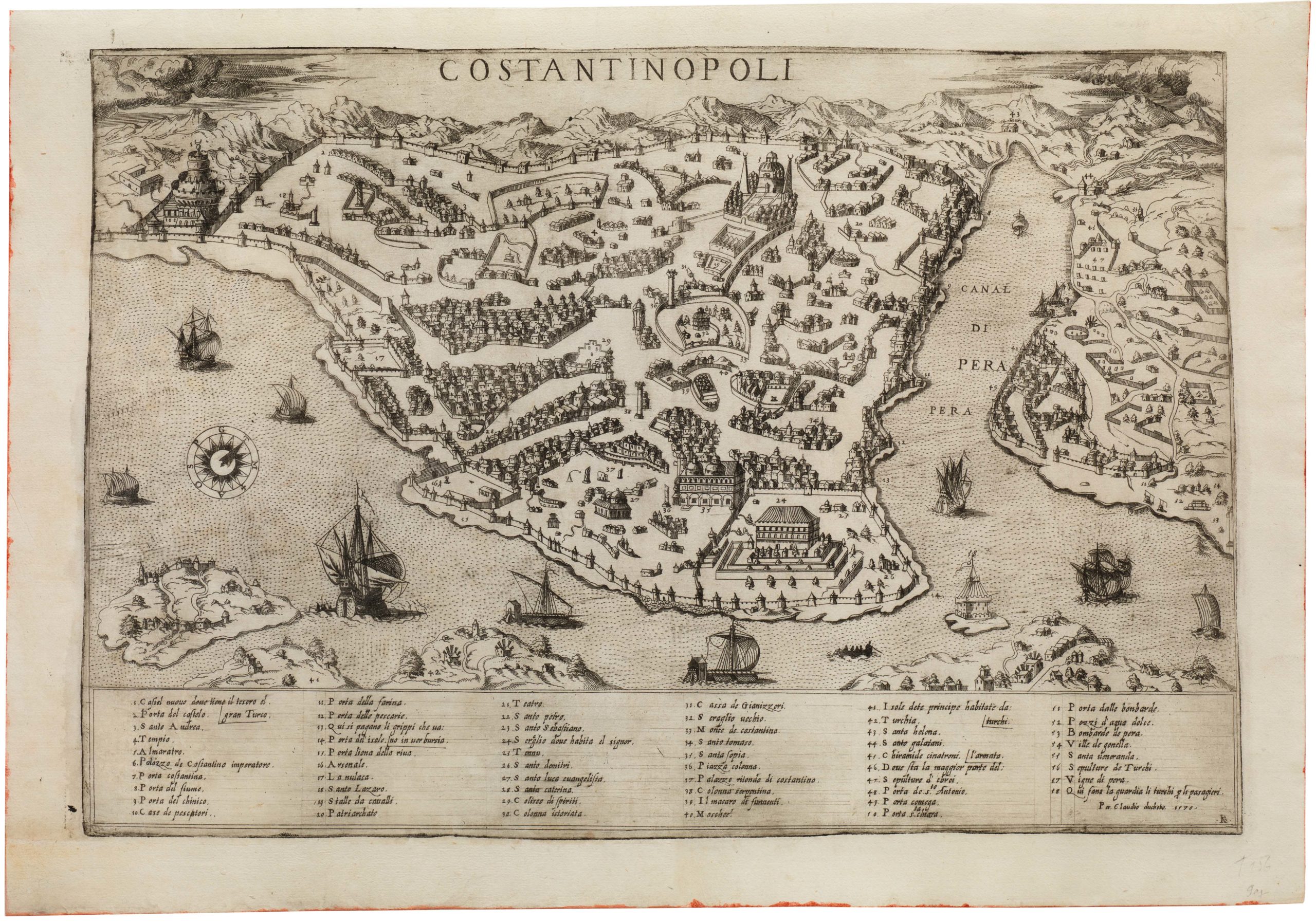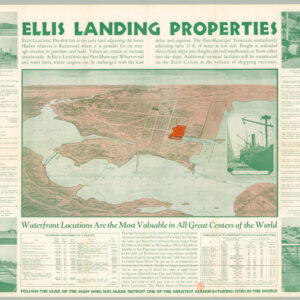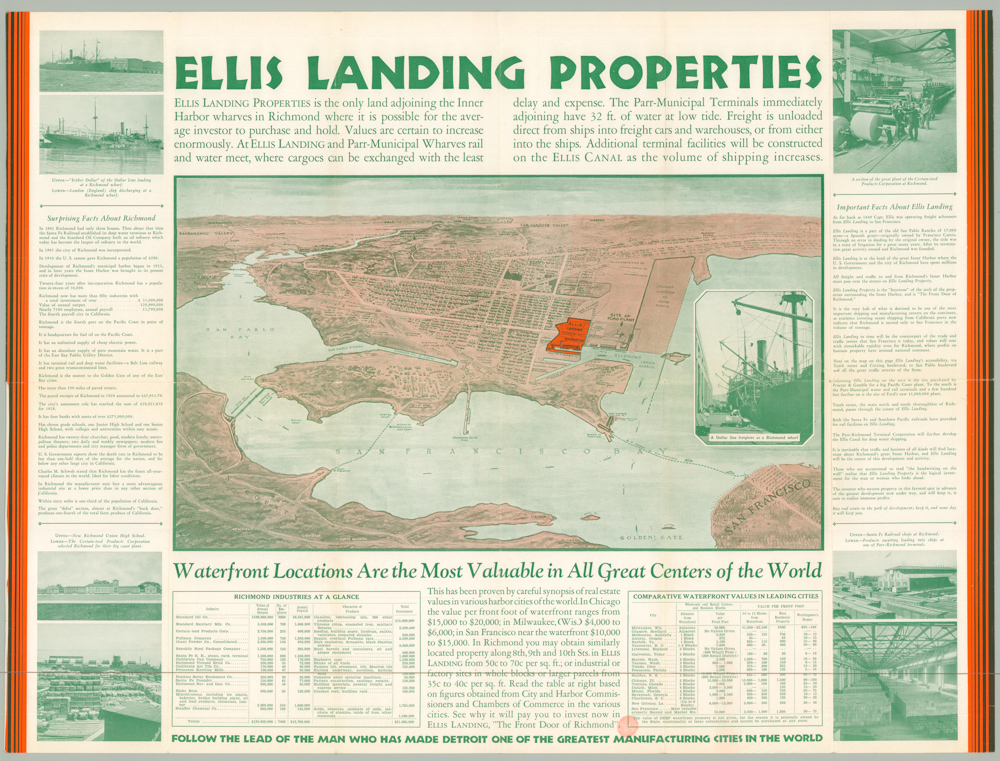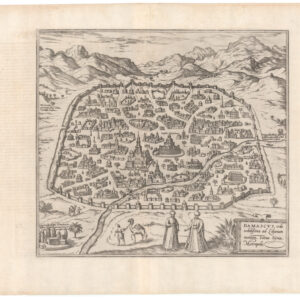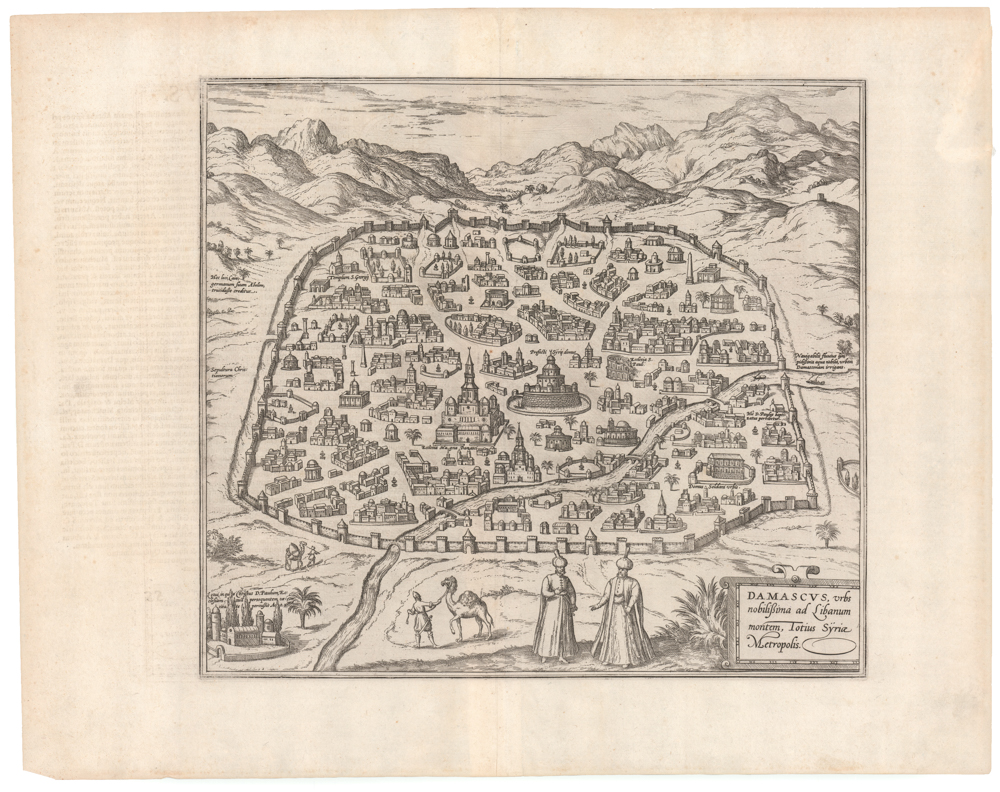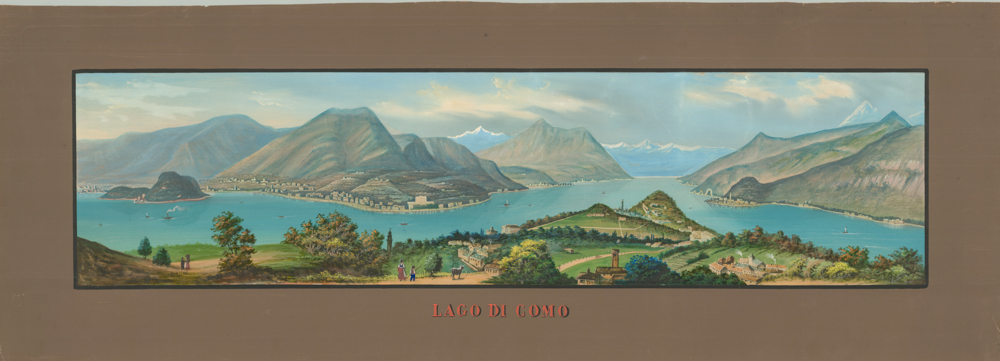A superb late 17th century Merian town-plan of Palermo.
Panormo.
$650
1 in stock
Description
A lovely c. 1688 bird’s-eye view of Palermo, Sicily, by Matthäus Merian, during the period of Spanish Habsburg rule.
Oriented towards the southwest, the view contains excellent detail of the city’s fortifications, buildings and surrounding countryside. A key engraved on a scroll identifies 66 locations on the map, including churches, gates in the city wall, and palaces, reflecting the city’s colorful and multicultural past. A sixteen-point compass rose orients north to the bottom-right corner of the map. The map is further adorned with a coat of arms reflecting the Spanish Habsburg rule of the city at the time and numerous ships in the harbor.
Palermo was an important port city from the classical period, but did not surpass Syracuse in prominence until the Islamic period in Sicily, which began in the 9th century. At this time, it was the seat of the Spanish Viceroy for the Kingdom of Sicily, resulting in the construction of Spanish-inspired baroque architecture. The city’s imposing fortifications were a response to years of raids by Ottoman and then Barbary Corsairs, the latter of which were a persistent threat during the 17th century.
This map appeared in Merrian’s c. 1688 work Topographia Italiae, a lovely atlas of Italian cities.
Cartographer(s):
Matthäus Merian (September 1593 – 19 June 1650) was a Swiss-born engraver who worked in Frankfurt for most of his career, where he also ran a publishing house. He was a member of the patrician Basel Merian family.
Early in his life, he had created detailed town plans in his own unique style, for example plans of both Basel and Paris (1615). With Martin Zeiler (1589 – 1661), a German geographer, and later (circa 1640) with his own son, Matthäus Merian produced a collection of topographic maps. The 21-volume set was collectively known as the Topographia Germaniae and included numerous town-plans and views, as well as maps of most countries and a world map. The work was so popular that it was re-issued in many editions. He also took over and completed the later parts and editions of the Grand Voyages and Petits Voyages, originally started by Theodor de Bry in 1590. Merian’s work inspired the Swedish royal cartographer, Erik Dahlberg, to produce his Suecia Antiqua et Hodierna, which became a cornerstone in European mapping.
After his death, his sons Matthäus Jr. and Caspar took over the publishing house. They continued publishing the Topographia Germaniae and the Theatrum Europaeum under the name ‘Merian Erben’ (i.e. Heirs of Merian). Today, the German travel magazine Merian is named after him.
Condition Description
Excellent.
References
